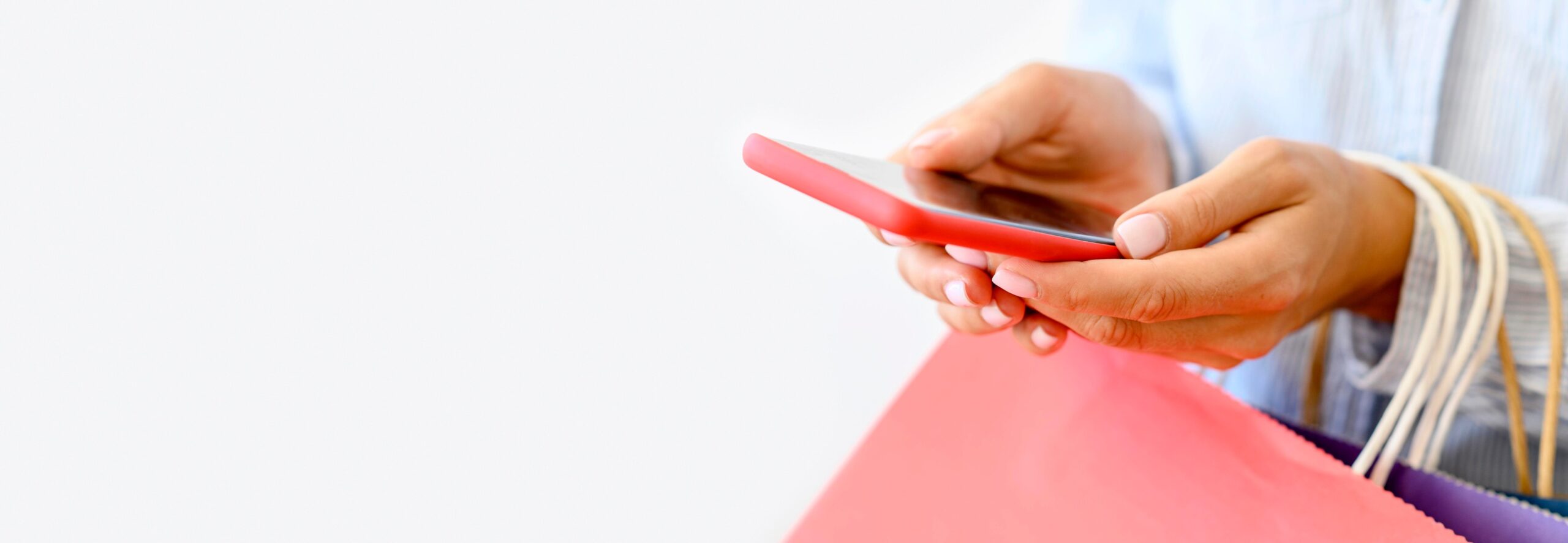
20 Apr How to use personalisation to drive loyalty
These days, to build long-term relationships with your customers, you need to do more than just add their first name in an email. Customers expect a personalised experience from the brands they buy from. Research conducted by McKinsey1 confirms this. It showed that 71% of customers expect personalisation and 76% get frustrated when they don’t find it!
With access to so much data, and the platforms and channels to connect with customers, how can you introduce it in your business to good effect?
Start by collecting customer data
Whether you operate an online store or bricks-and-mortar shopfront (or both), you’re collecting data on your customers every time they interact with you. The more information you collect, the richer each customer story becomes. And that gives you more to work with.
Over time, you’ll start to build up a library of intel on your customers’ shopping behaviours, preferences, preferred times to shop, channels they engage with, and so on. This data is gold. You can leverage it to build tailored offers and experiences for your customers that are based on their individual preferences and shopping history.
The real challenge is not how to capture the data, but how to access it so you can use it. That’s where a customer data platform can help. It pulls data from different sources, like your website, socials, and POS system, into a centralised database and creates detailed profiles for each customer.
Platforms like Insider, Klaviyo, Microsoft Dynamics 365 Customer Insights, SAP Emarsys HubSpot and Optimove can take care of this for you. They each offer different services depending on what you need and your budget.
How to make it personal
Once you have the insights on your customers, you can start to make personal recommendations that are tied to their individual profile. They’ll love you for suggesting something that is relevant to them. 78% of customers said personalised content made them more likely to repurchase. Here are a few examples of how you can do personalisation in your business.
Use an upsell feature
Amazon’s ‘Frequently bought together’ is an automatic upsell feature that’s based on the browsing and purchasing behaviours of its customers. It’s designed to get customers to add more items to their order. And it works.
Mobile business apps and Apps like ReConvert Upsell & Cross and Frequently Bought Together can help you deliver a more personalised experience and increase your conversion rates.
Create a personalised web experience
Using cookies on your site means you can save your customers’ preferences. Next time they visit your online store, you can serve up relevant offers, products or services that are based on their previous interests and behaviours. So, rather than them landing on your generic home page and navigating to where they want to go, you can take them straight there. That means a better shopping experience for them and potentially higher sales for you.
Show recently viewed items
As a customer browses through your online store and clicks on items they like, you can capture this information and display it both in real time and next time they return to your store. Not only does this make it easier for your customers to find those items again, but it acts as a reminder that could prompt them to make a purchase.
Make it personal in your emials
One of the easiest ways to do personalisation is through your emails. Simple things like including their first name in the subject line is a great way to make the email feel more personal.
Celebrating milestones with your customers, like their birthday or an anniversary of when they signed up with you, is another effective way to make a personal connection. Consider sending them a special offer or incentive to mark the occasion, like 10% off a haircut on their birthday or free shipping to celebrate an anniversary.
Creating personalised experiences for your customers, based on their preferences and behaviours, is a great way to build trust in your brand, drive repeat purchases and foster loyalty.

